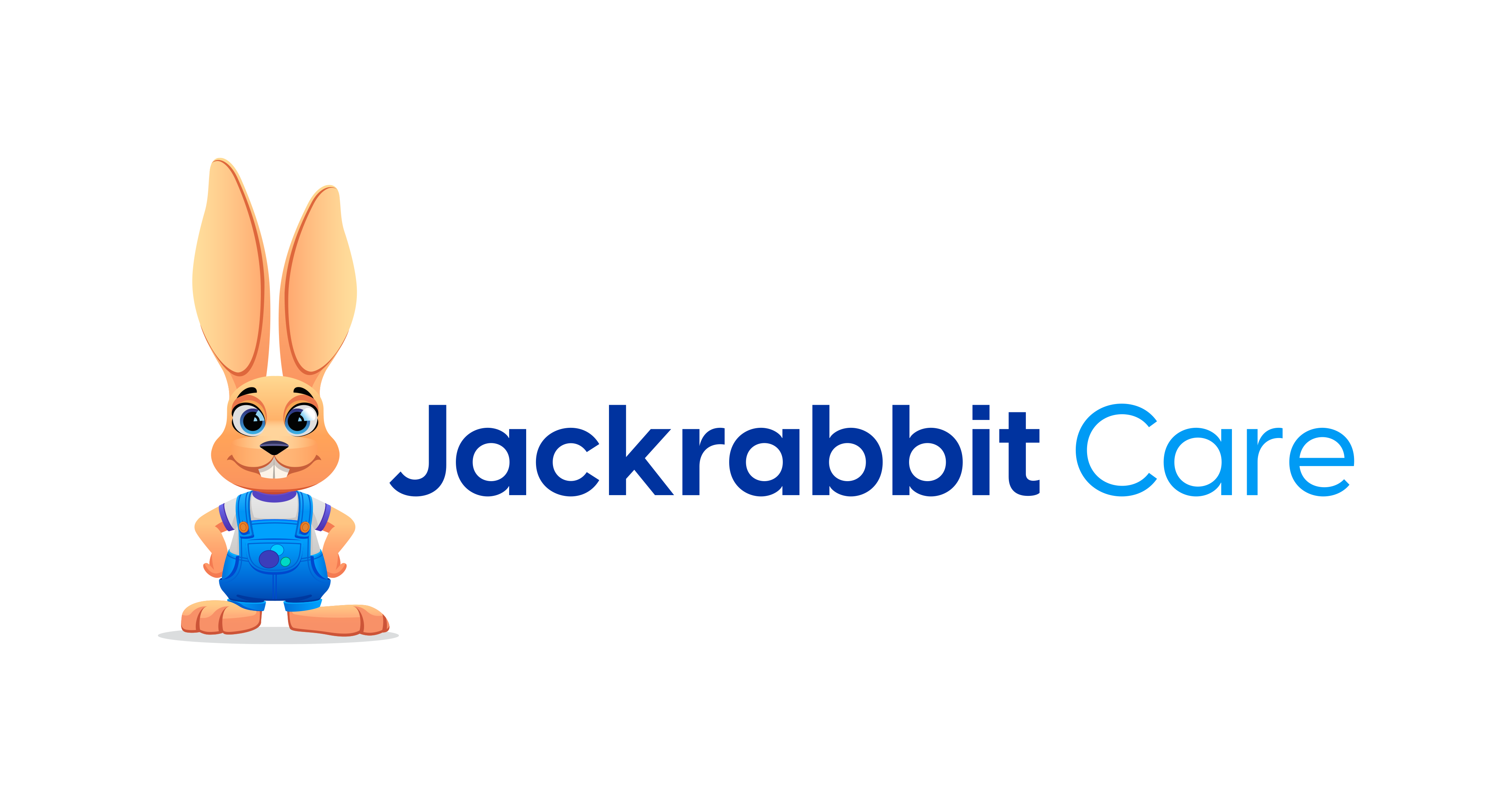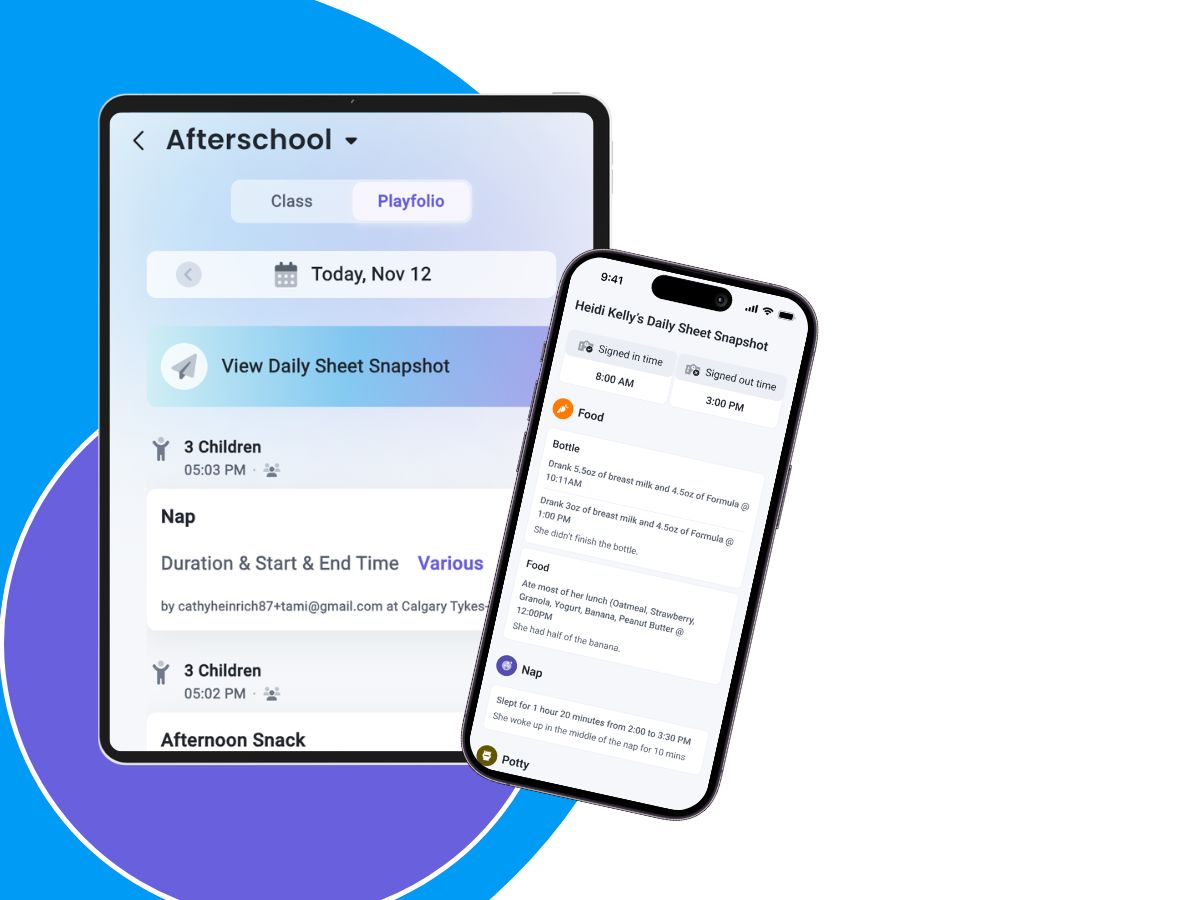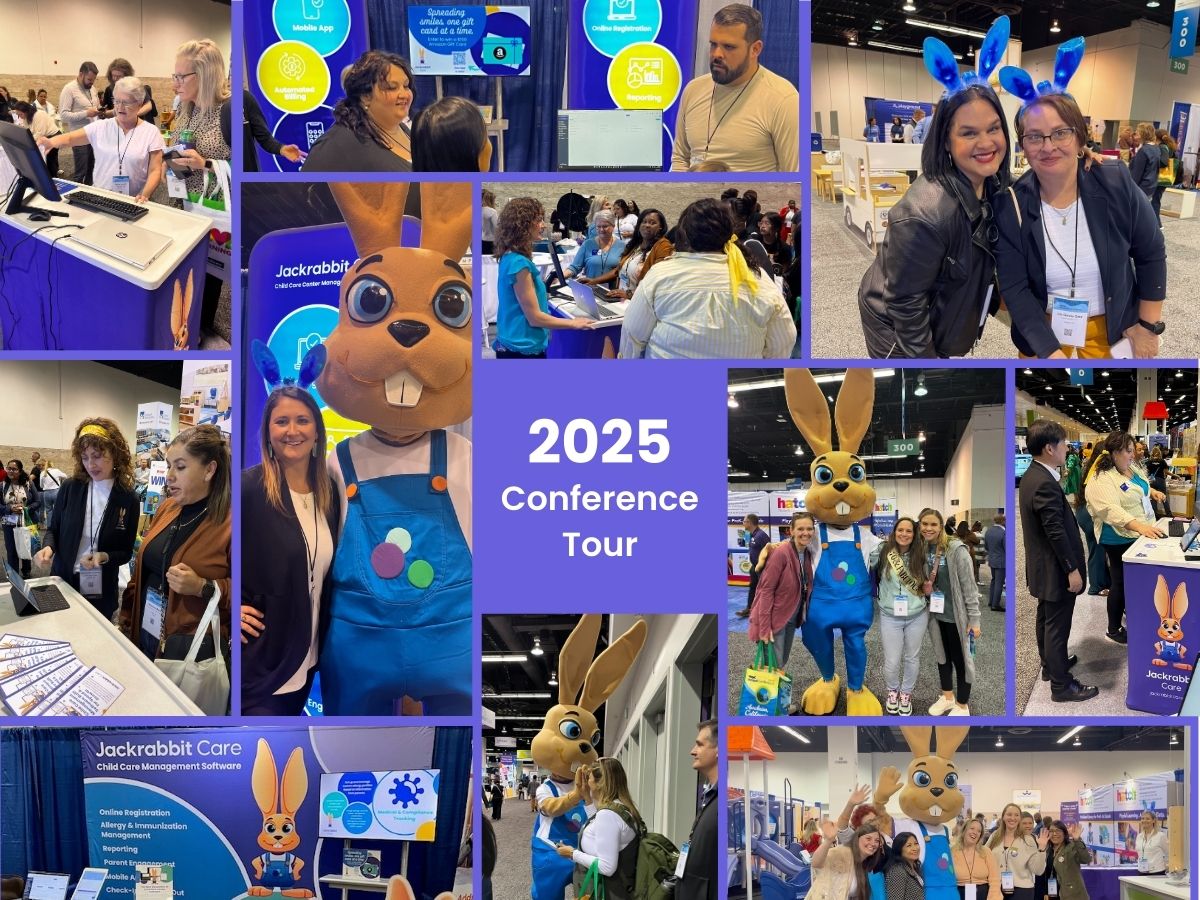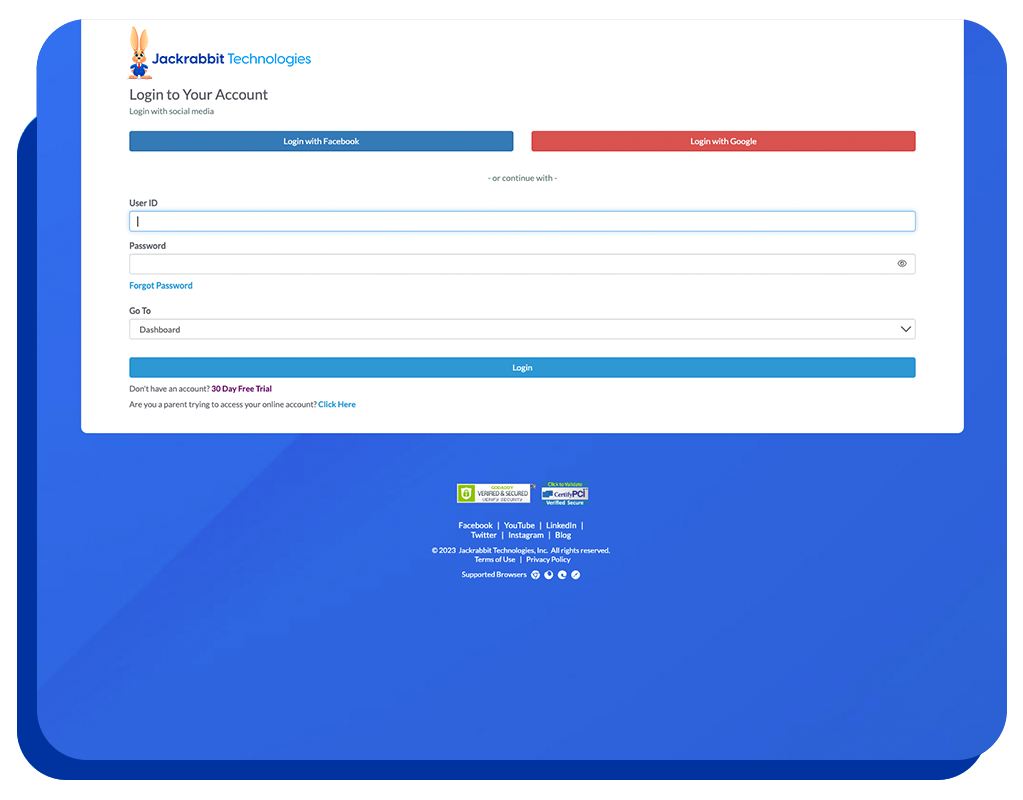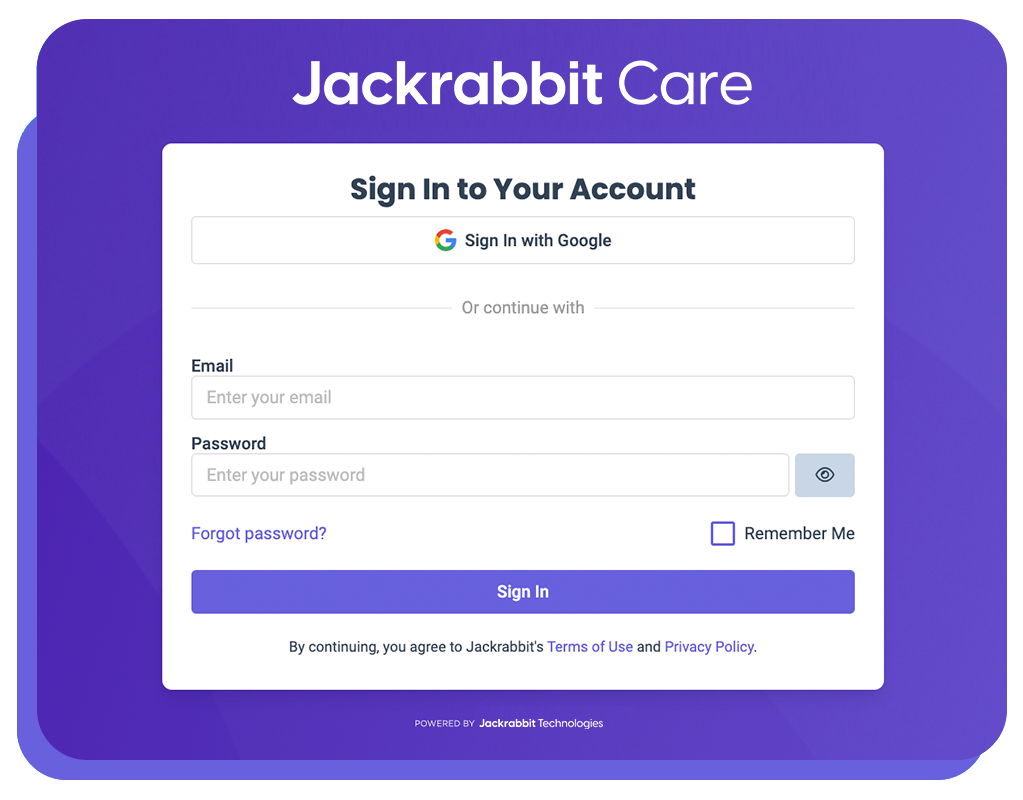Your staff is a critical component of your center’s success. Hiring experienced people and training them well ensures that your program provides quality and healthy child development.
But you, as the center director, know that finding those teachers is one huge challenge and getting them trained for your specific needs and programs is another. This requires you to have skills in recruitment, interviewing, screening, selecting, and orienting new teachers. If all goes well, you will have staff that is “The Right Fit” for your center.
To have the greatest chance for success in finding “The Right Fit” for your center, you should know:
- The definition of a “fit” for your center – for you, your other staff and your program.
- The special characteristics, expectations, knowledge, skills, philosophy, instructional approaches and all the other qualities that make the job and your program unique.
To be successful at finding “The Right Fit” you need to:
- Harness the power of the Internet for attracting numerous applicants to consider for vacant positions.
- Determine criteria to maximize the “fit” between individuals, the job, and the center.
- Choose an interview plan that you know works.
- Design a recruitment plan so you are always prepared when turnover occurs.
- Get other teachers involved in the hiring process.
- Select the best possible candidates from your applicant pool.
- Orient new staff right from the start.
A change that you can make in your thinking that will help you find “The Right Fit” more often than not involves just one change in terminology: you are not “hiring”, you’re “selecting.” When “hiring” the most qualified candidate, a director is more likely to focus on the paper qualifications of the candidate. The candidate with the most impressive résumé is likely to stand out. When that same director takes on the role of “selecting” the best candidate, he or she is more likely to more carefully analyze the fit of the candidate into the program and organization.
What difference does the “right fit” make?
It makes a huge difference. It’s a validated statistic noted in a 2012 Forbes article by David Williams that the cost of a single bad hiring choice is between $25-50K. In addition to that you have to consider the cost of finding and onboarding that employee and the setting them up for work. While no company can really afford this type of spending, small companies who have lean operations find the costs of bad hires especially painful because they have no cushions for such costs.
Obviously, being better at selecting employees that fit is critical.
There is a “trick” to identifying who will be the right fit for working at your company and it comes from a trusted source. According to Forbes, there are seven categories to match candidates up under – and poetically enough – they all begin with the letter “c”.
If you make sure that everyone you select is up to snuff in all seven of these “c”s, you will be well on the way to ensuring that each fits your company and the role that they are meant to fulfill in your organization.
Competent
This is a priority category because your candidate’s inability to actually do what you need for them to do means complete failure.
Capable
Going beyond simply filling a role, your candidate should have the drive to find ways to get creative, growth as a person and expand their role in your organization.
Compatible
Beyond simply getting along with other employees, will your candidate get along with clients, partners, investors (if you have them), board of directors, industry peers and you?
Commitment
If your selection isn’t in it for the long haul, your organization could suffer. Make sure that each candidate is not just passing through.
Character
Nothing can throw your nice harmonious business out of kilter and cost you business more quickly than bringing someone on board whose values aren’t in sync with your company’s.
Culture
Culture is based on certain values, expectations, policies and procedures that influence the behavior of a leader and employees. Workers who don’t reflect a company’s culture tend to be disruptive and difficult.
Compensation
If you go to the trouble to find and bring on a quality employee who is the right fits, don’t lose them over money. Make sure they’re compensated at market-based package levels that are agreed upon. They should feel appreciated and satisfied so that they are inspired to perform at their best.
Forbes contributor Alan Hall has lots more to say about this in his article for entrepreneurs.
Every candidate you select should meet your expectations in the 7 cs regardless of the industry. These are critical core traits.
Kay Albrecht, Ph.D., advocate for high quality early childhood education and development opportunities for all children, notes in The Right Fit: Recruiting, Selecting, and Orienting Staff: “Perhaps the greatest predictor of success in finding the perfect candidate for a teaching vacancy in your center is a clear understanding of what fit means to you, your staff, and your program…. Fit criteria spell out the special characteristics, expectations, knowledge, skills, philosophy, instructional approaches, and all the other qualities that make the job and your program unique.”






